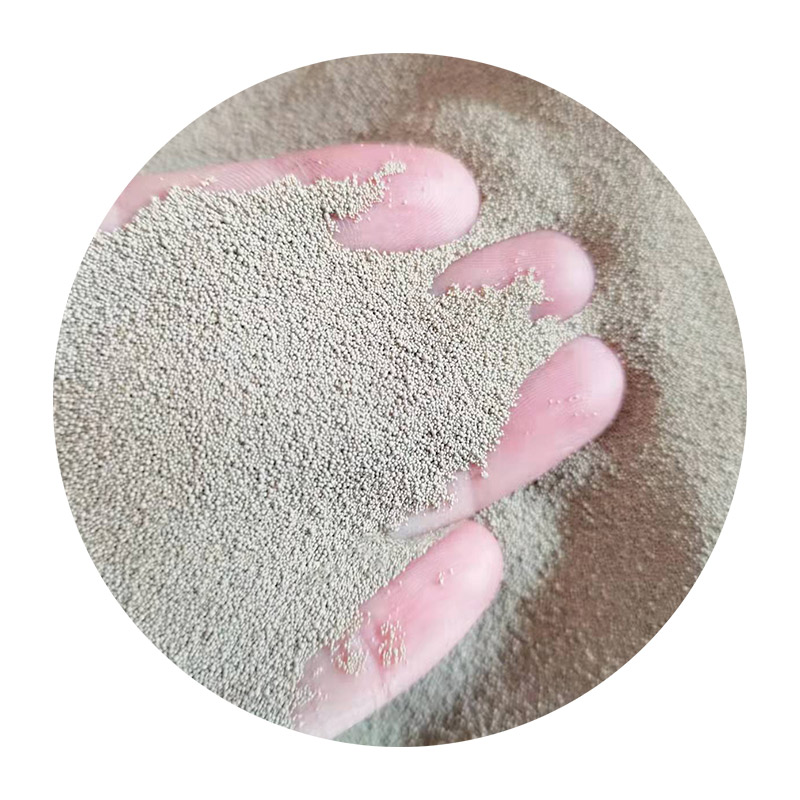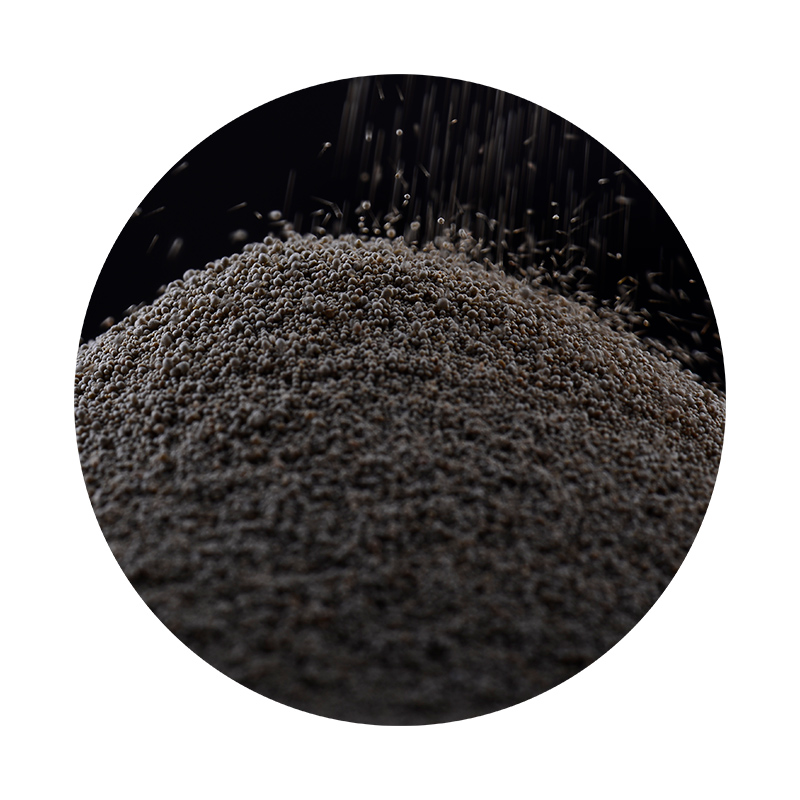

Choosing the right materials for 3D printing can greatly influence the ease and effectiveness of sanding. PLA is popular due to its relative softness and ease of sanding. However, materials like ABS, though more challenging due to their sturdier composition, yield impressive results with persistent and careful sanding. PETG, on the other hand, requires a gentler approach due to its exibility and sensitivity to heat, which can lead to warping if excessively sanded. A key expert tip is to prepare and align sanding with the ultimate use of the print. For models requiring a very fine finish, such as display models or parts that will be painted, a more rigorous sanding regimen is necessary. Always keep in mind that sanding not only enhances appearance but also affects the fit and functionality of printed parts. Thus, it's vital to gauge the thickness tolerance of your print before commencing. Post-sanding treatments can further enhance the finish. Applying a primer or filler primer can fill in any remaining imperfections invisible to the naked eye. After curing, a final sanding with high-grit paper ensures a surface ready for painting or other finishing procedures. For those seeking a glossy finish, a clear coat after painting can provide an additional layer of protection and shine. In conclusion, the art of sanding 3D prints is as much about patience and technique as it is about expertise. With practice, sanding elevates your 3D printed objects from basic prototypes to high-quality, professional-grade models. Every stroke sands down imperfections and smooths pathways to unleash the potential locked within your 3D creations. Adherence to these expert-driven strategies ensures results allowing your prints not only to stand out in quality but to do so in a way that maximizes both appeal and functionality. Post time:Vas . 08, 2025 08:01
Next:Ceramic casting sand for sand 3d printing
